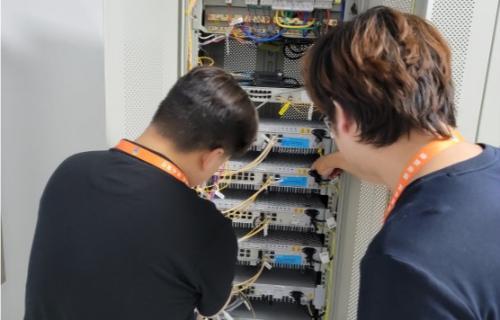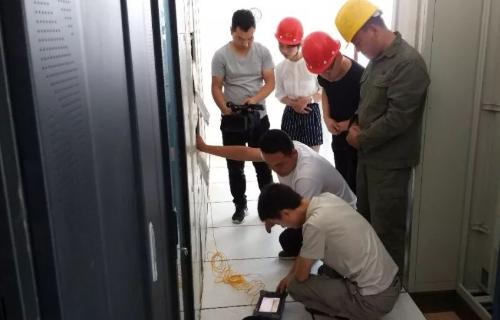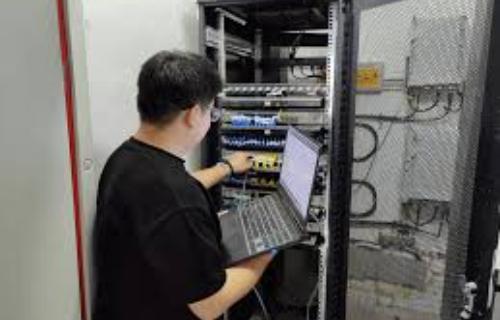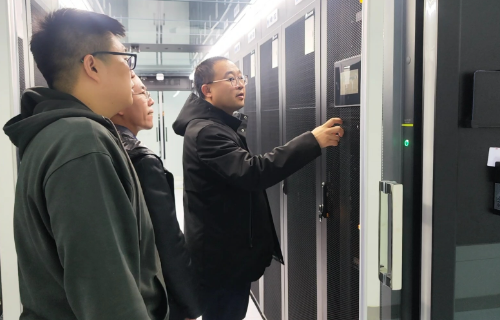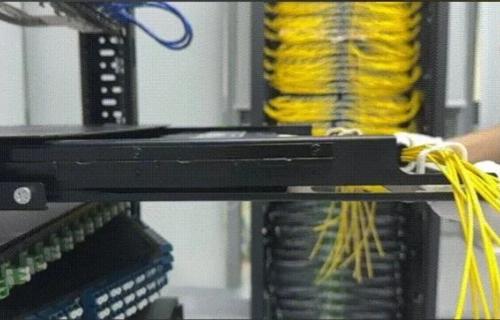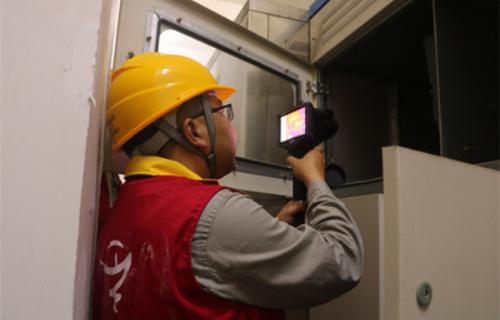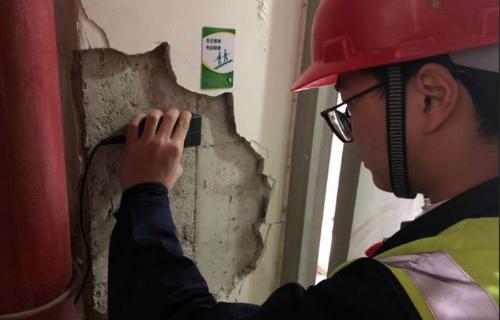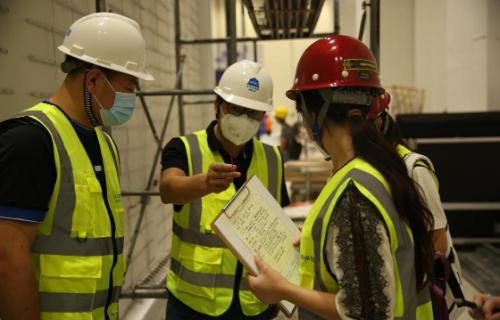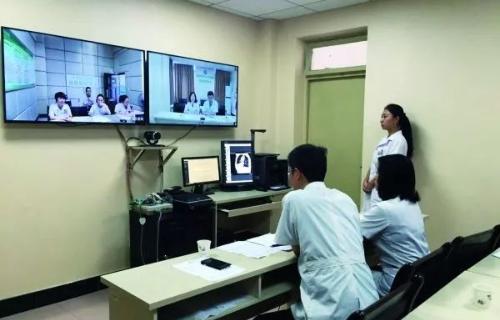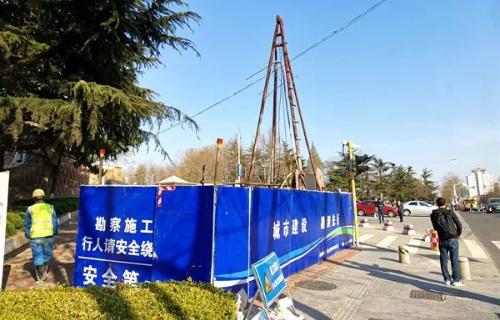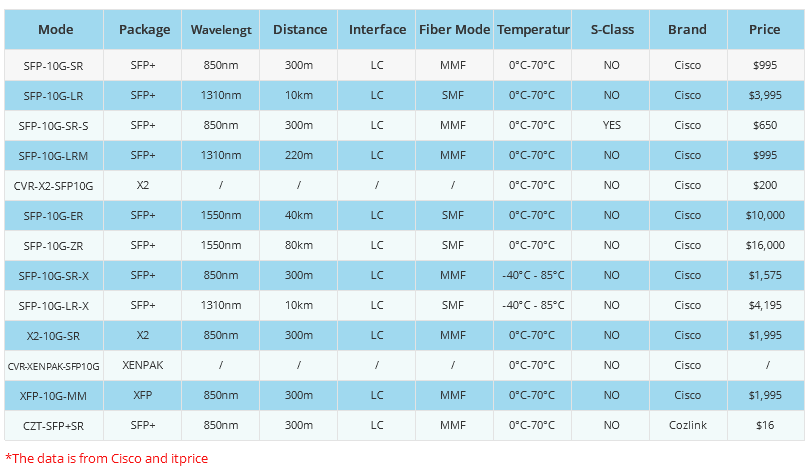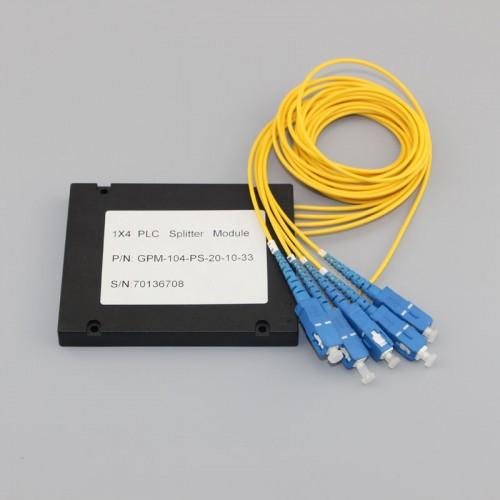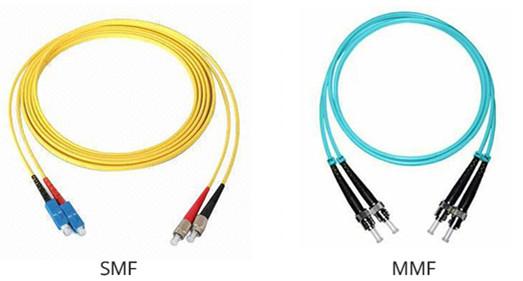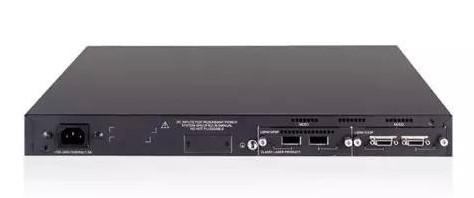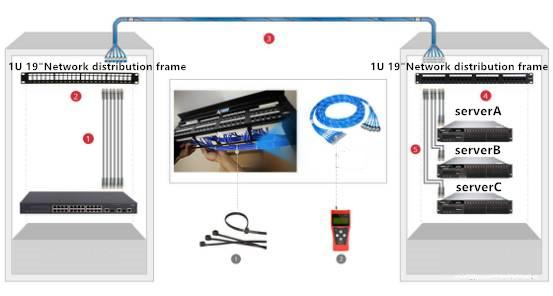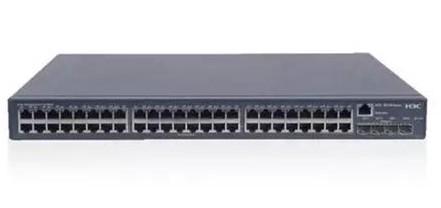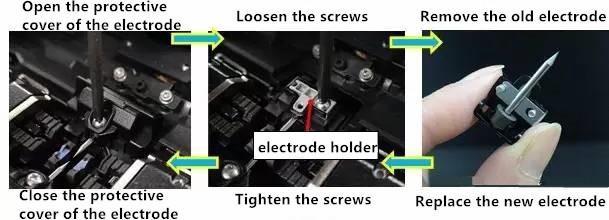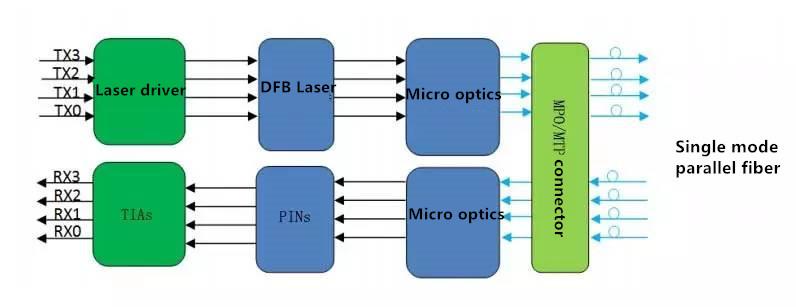- Related articles
- Optical Transceivers for Cisco N3K-C3064PQ-10GX Switch
- How to Choose an Internal Network Card?
- All Cisco GLC-FE-100FX's information (List price, Specs, Datasheet PDF, Compatibility matr
- All Cisco SFP-OC3-LR2's information (List price, Specs, Datasheet PDF, Compatibility matri
- All Cisco MA-SFP-10GB-SR's information (List price, Specs, Datasheet PDF, Compatibility ma
- Optical Transceivers for Cisco N9K-X9464TX= Switch
- Optical Transceivers for Cisco N5K-C5010P-BF Switch
- The Difference between GBIC and X2
- Optical Transceivers for Cisco N3K-C3172PQ-10GE= Switch
- All Cisco GLC-FE-100FX-RGD's information (List price, Specs, Datasheet PDF, Compatibility

Introduction
In this article we will discuss about the 100BASE-BX10 Ethernet standard and what is the Difference Between 100BASE-BX10 and 100BASE-LX10, So you can have a basic understanding for 100BASE-BX10 technology to understand the basic solutions to 100BASE-BX10.
What is the 100BASE-BX10 technology?
100BASE-BX10 is a version of Fast Ethernet over a single strand of optical fiber (unlike 100BASE-FX, which uses a pair of fibers). Single-mode fiber is used, along with a special multiplexer which splits the signal into transmit and receive wavelengths; the two wavelengths used for transmit and receive are 1310 nm and 1550 nm. The terminals on each side of the fiber are not equal, as the one transmitting "downstream" (from the center of the network to the outside) uses the 1550 nm wavelength, and the one transmitting "upstream" uses the 1310 nm wavelength. Distances can be 10 km.
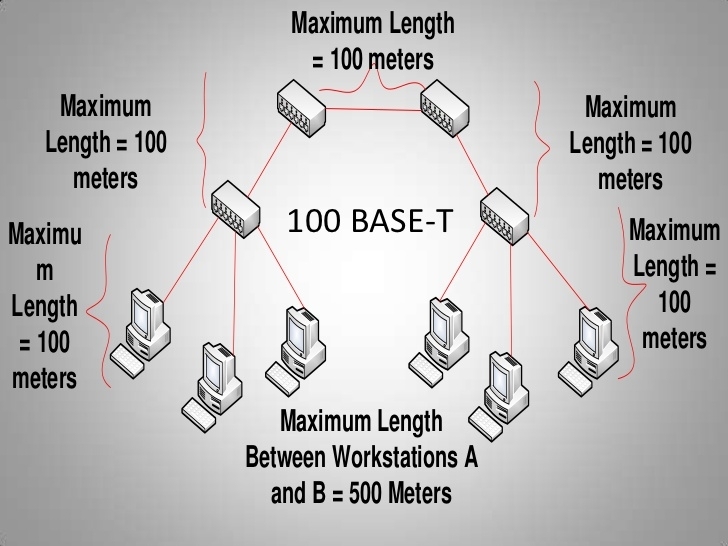
What are the Difference Between 100BASE-BX10 and 100BASE-LX10?








































